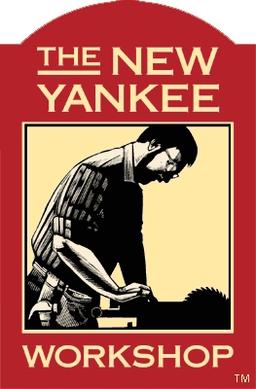I hope this is okay to post here. If not, let me know where I should go.
I built a standard table using mostly scrap wood. The top is a very nice piece of half-inch plywood, attached to 2x4 apron surrounding the sides. Legs are screwed into the apron (not mortise and tenoned because I was lazy). I’m typing on it now with a laptop and seems sturdy now but when I put my monitor setup, it becomes very top heavy. Since I tend to “pull” on my desk to move my chair, it would likely topple, which would be very bad™.
I’ve been frantically searching online of ways to counter-act this and methods don’t seem clear as to how they work. For example, some woodworking websites suggest adding cross braces across the legs. The page doesn’t explain why this works. I am guessing it spreads the force of weight across the braces towards the back legs?
I also found some plans that show a rising standing desk. Ignoring the moving parts, I saw that the legs were parallel to the desk, joined by what I’ll assume is mortise and tenon. This plan seems a bit more doable with the tools I have, and has a similar shape.
My monitor stand also functions as a rising desk and MUST sit on the front of the desk. So the apron is set back roughly 5 inches in the front so that it can clamp in. I estimate it’s roughly 20 pounds with the monitors on it. I know I could just buy 20 pounds of weight and put it on the back but given that tables should be tables, I figured I would ask here for suggestions.
I’ve got family stuff today and I’ll try to reply as I am able. Thanks in advanced.


The dimensions are w: 25" x l: 48" x h: 30"
The legs move slightly when pulled (it could be sturdier and the brace would certainly help with that) but the whole table shifts. If I pull with the monitor stand on it, the table would fall over.
Given that the legs move a little bit, I would suggest adding at least a small amount of bracing in addition to whatever you choose to do to fix the center of gravity problem.
Also, bracing helps to stiffen the structure by resisting forces that would make the wooden rectangle into a parallelogram. Here is an illustration:
Can you anchor it to the wall?
I would prefer not to. I could but it would only be on one side of the table.
In that case, (I think) the problem is you pulling on it. Those dimensions feel really reasonable. I think you’re saying that without the monitors it doesn’t have this stability problem, but do you pull on the table the same way without the monitors on it?
Something that would potentially help me in this situation is a beam from leg to leg across the back near the floor. It’ll provide a little weight, but also let you use your feet to either counter balance the pull, or in my case, I would be moving myself using my feet and that bar. If you have clamps, it’s easy to try out with scrap wood of the right length.
You are correct: with nothing on it, the table is fine. But with the weight of the monitor stand near the front, pulling my chair causes the table to tip.
Based on comments and other drawings I’ve seen so far, I’m thinking you’re right. I’m going add a crossbeam across the legs (the two sides and in the back).
My goal was to build the desk with subpar wood so there are some twists and cupping in the wood. So getting every square is a challenge.